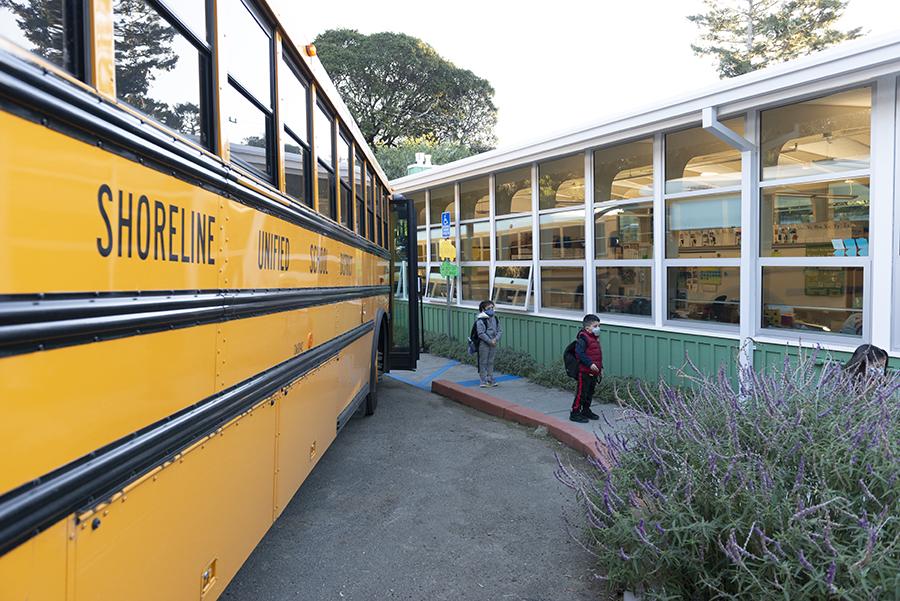The youngest students of the Shoreline Unified School District are back in classrooms for the first time in 10 months, and that’s just . . .
West Marin back in class


The youngest students of the Shoreline Unified School District are back in classrooms for the first time in 10 months, and that’s just . . .